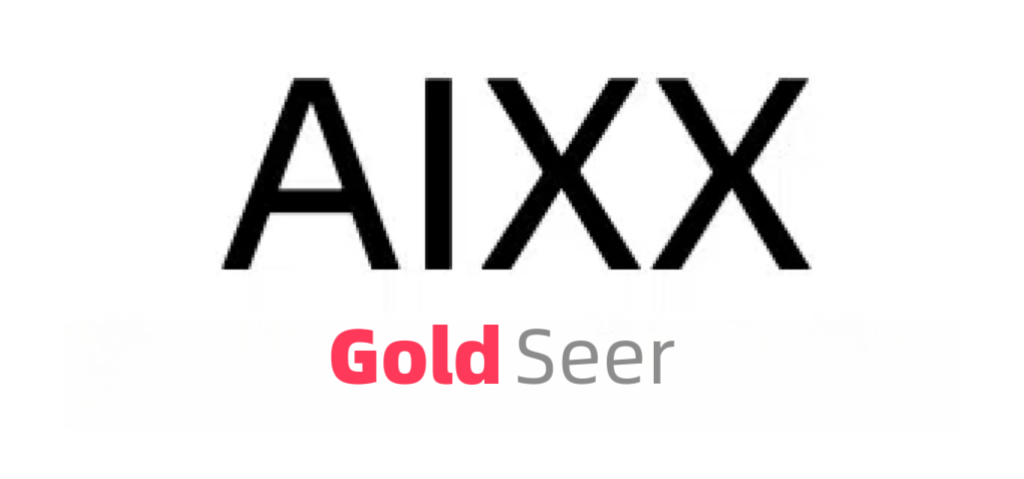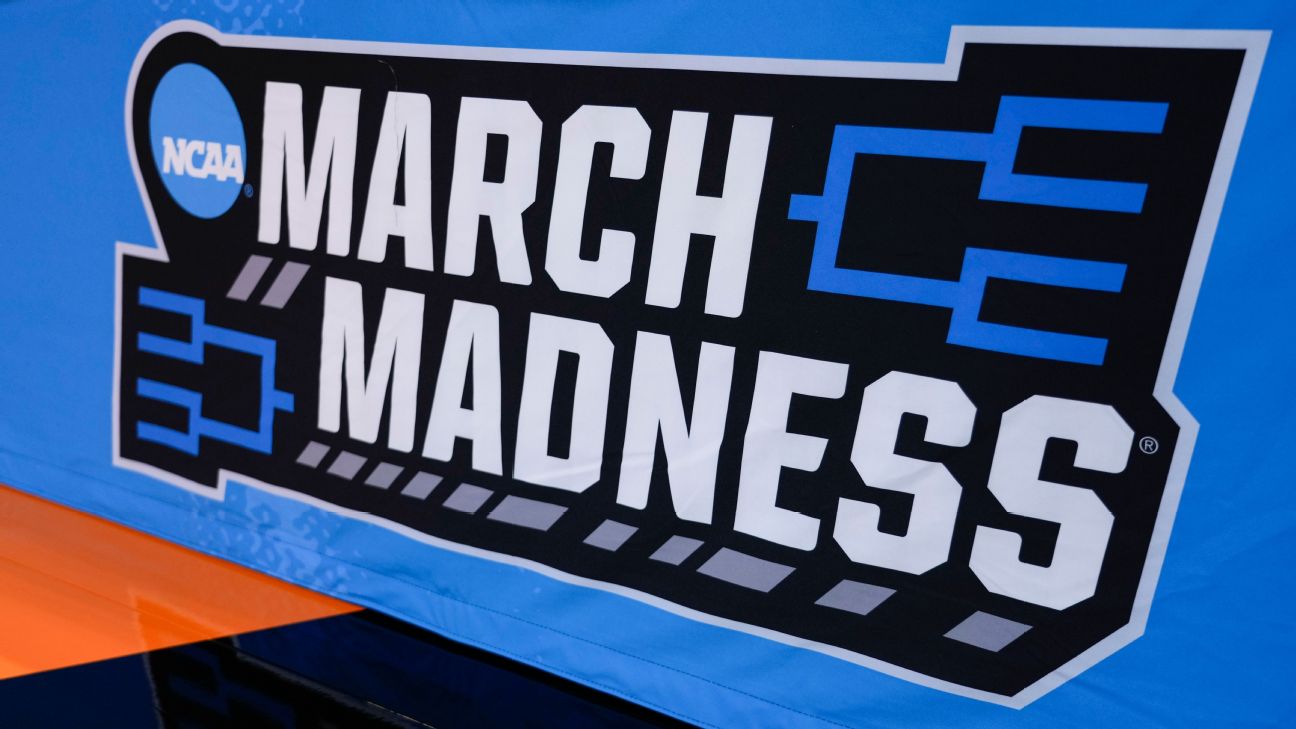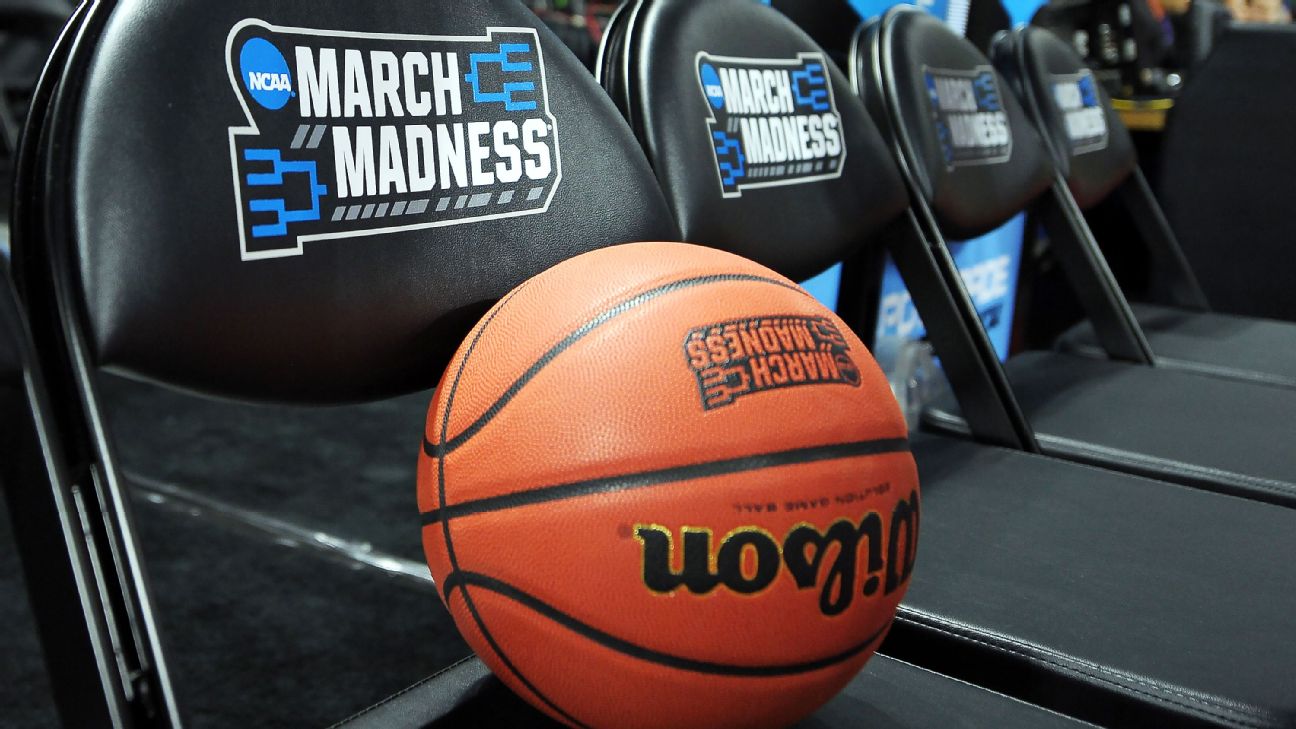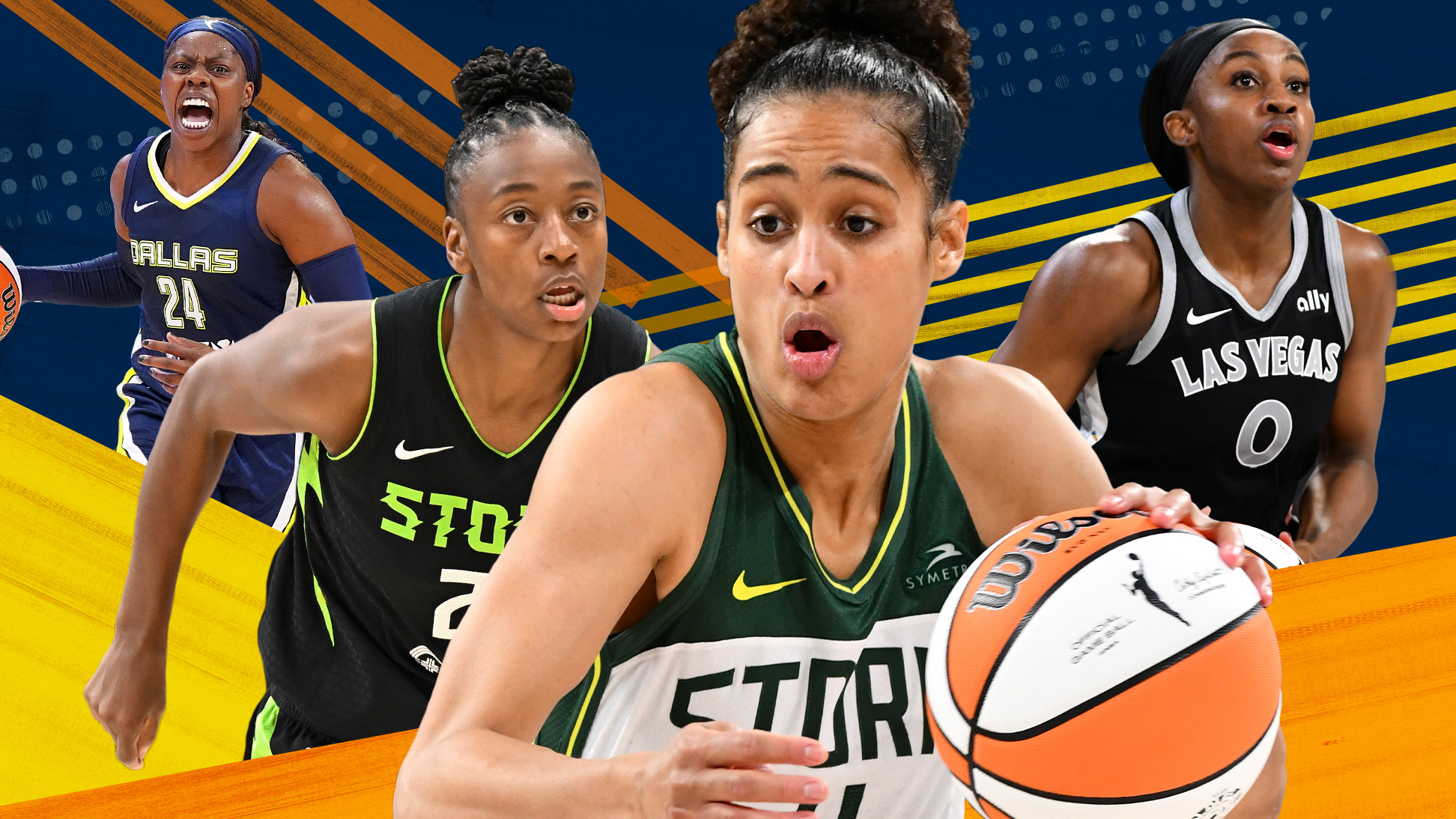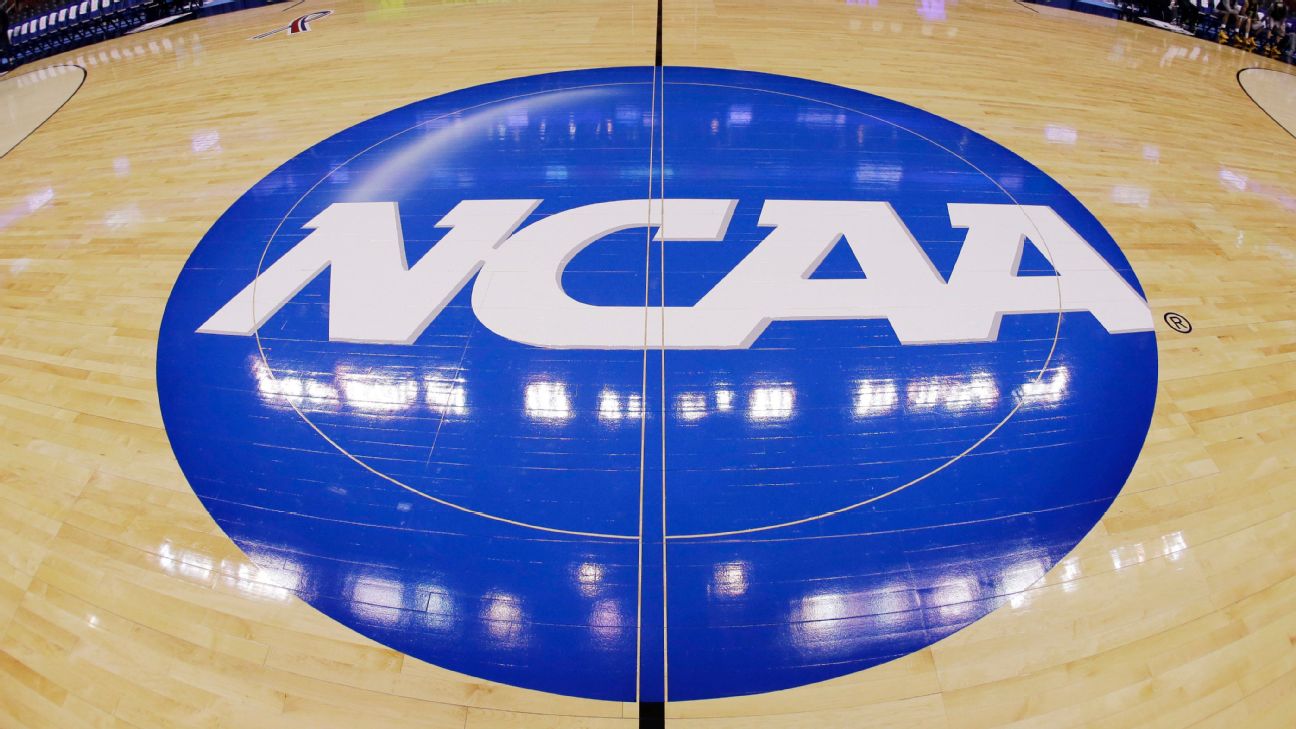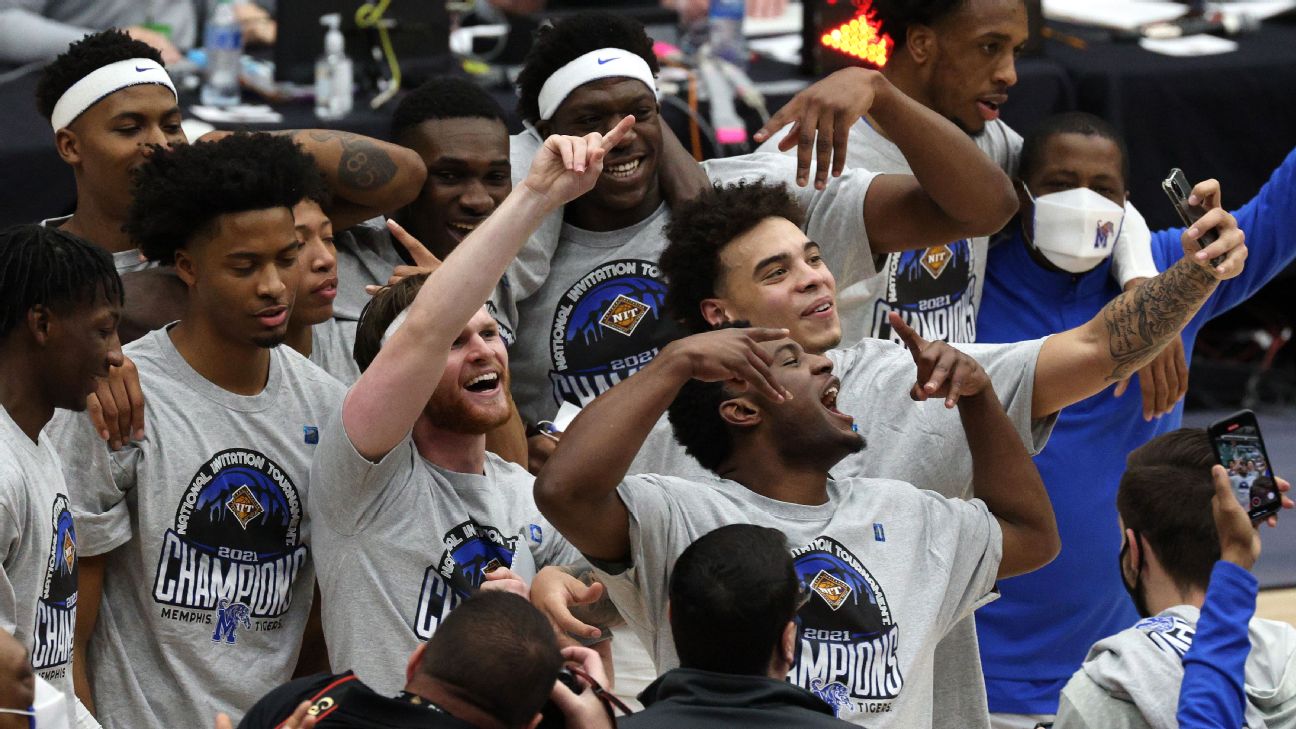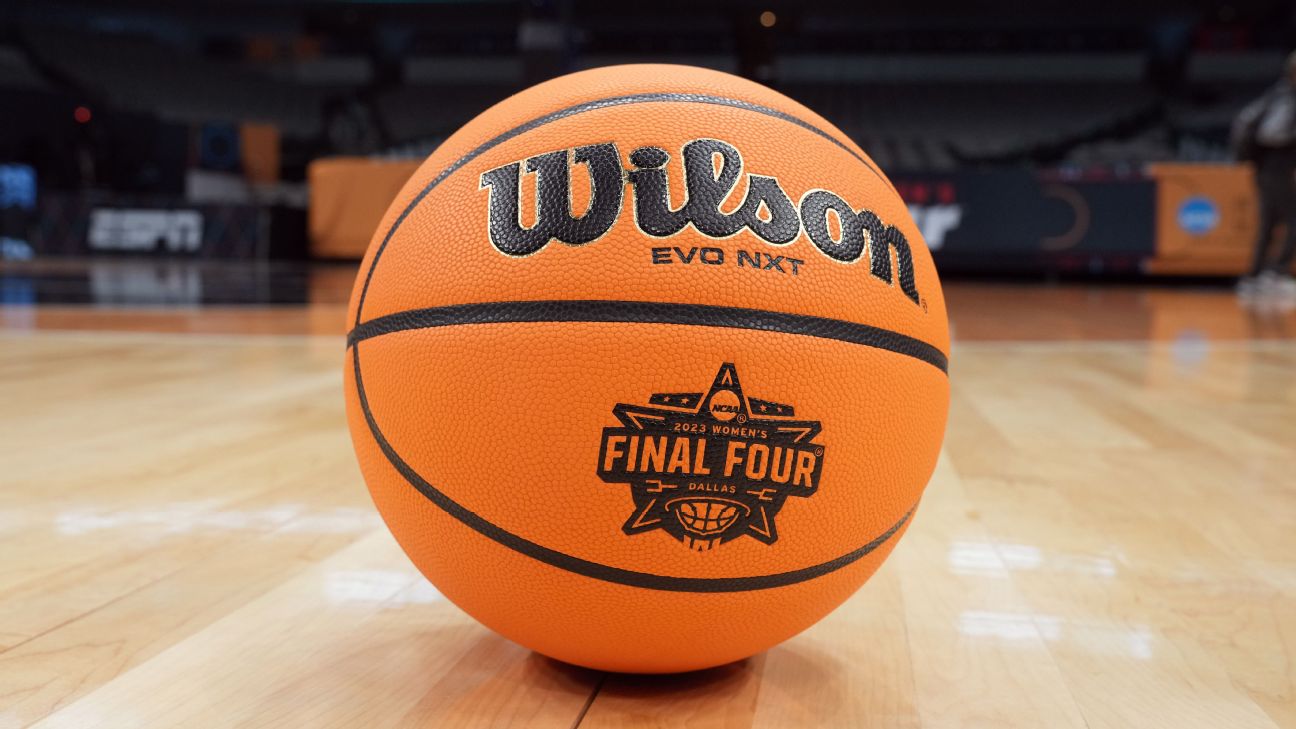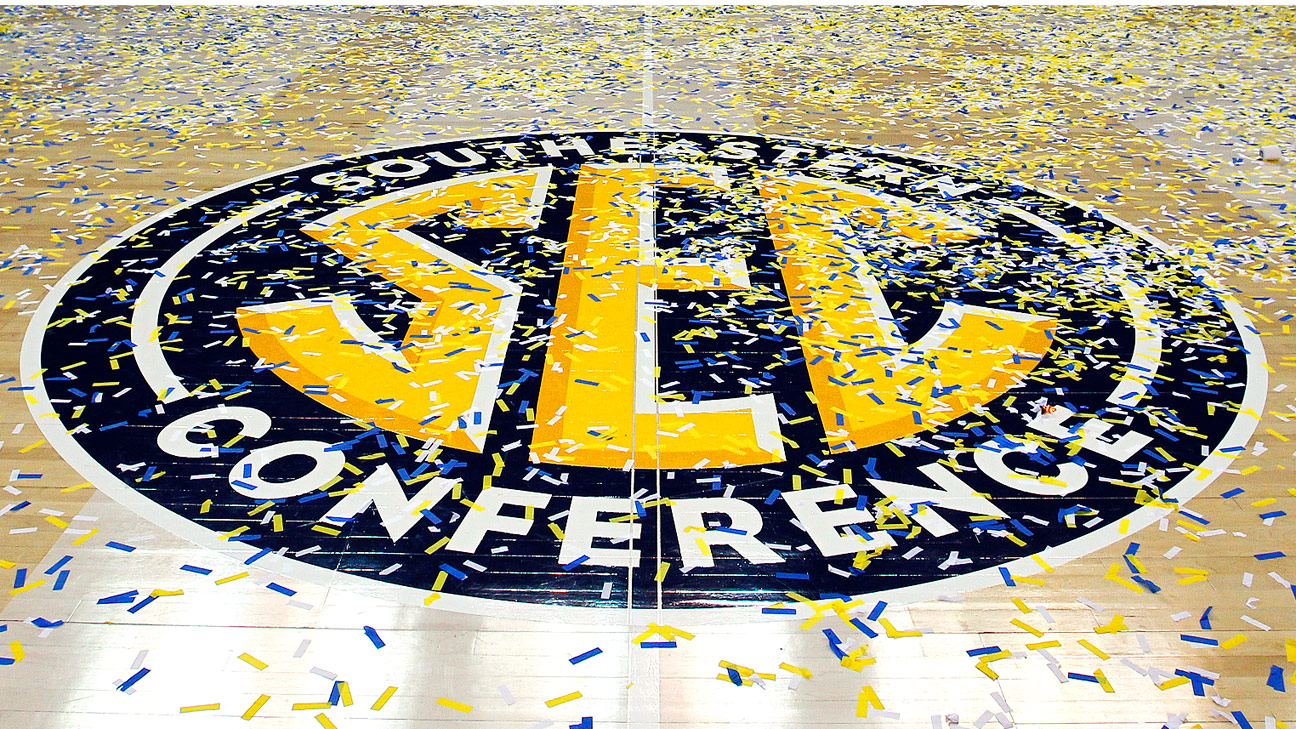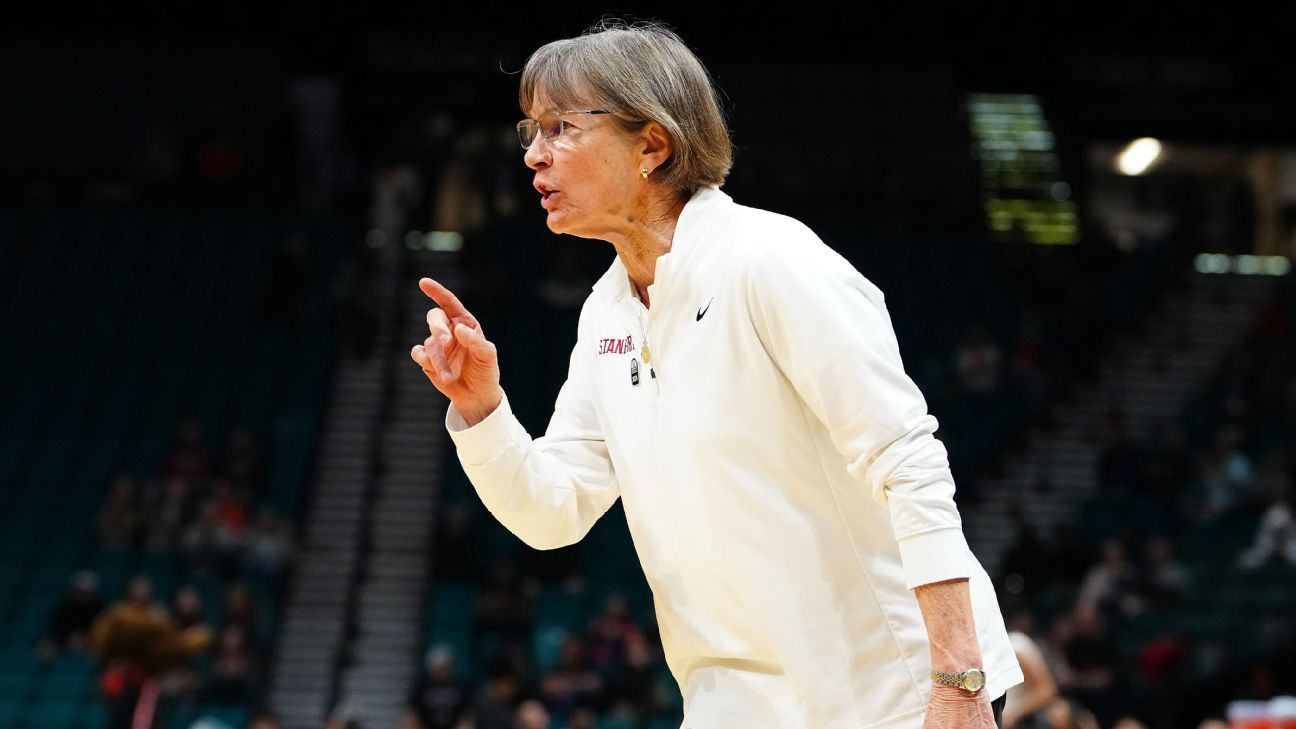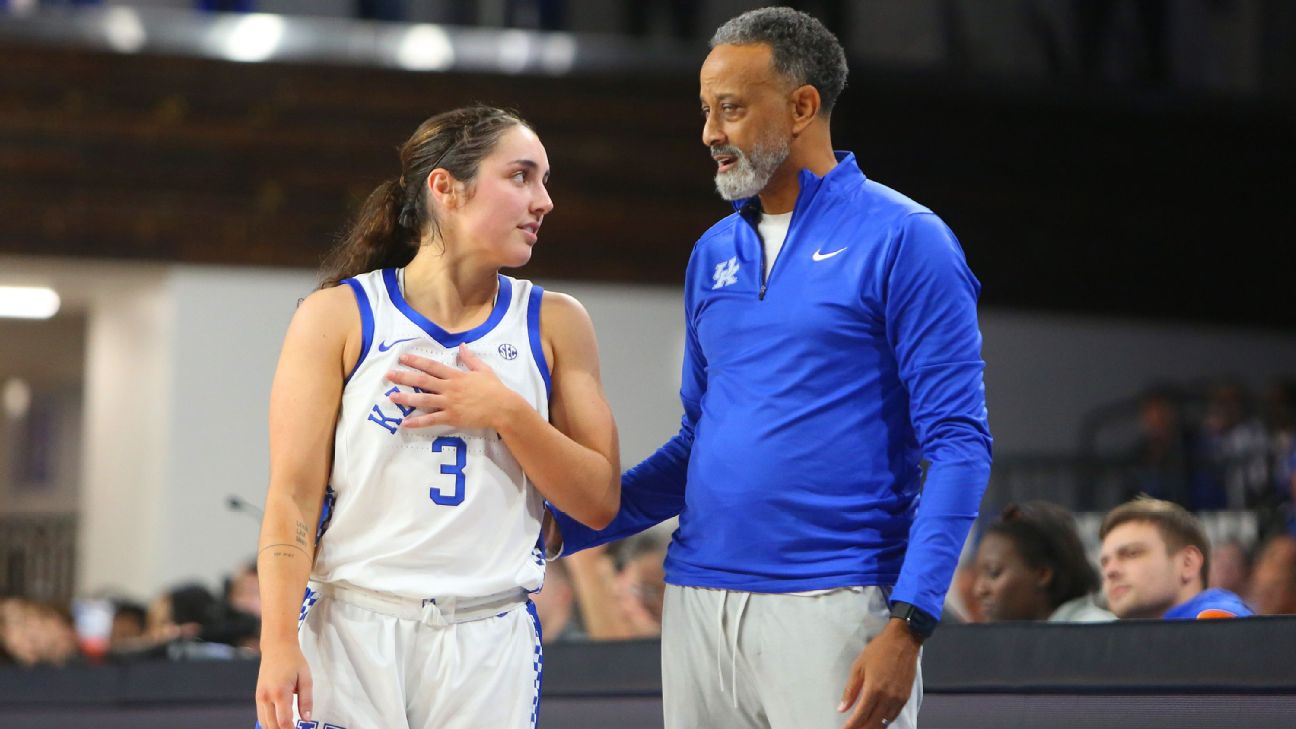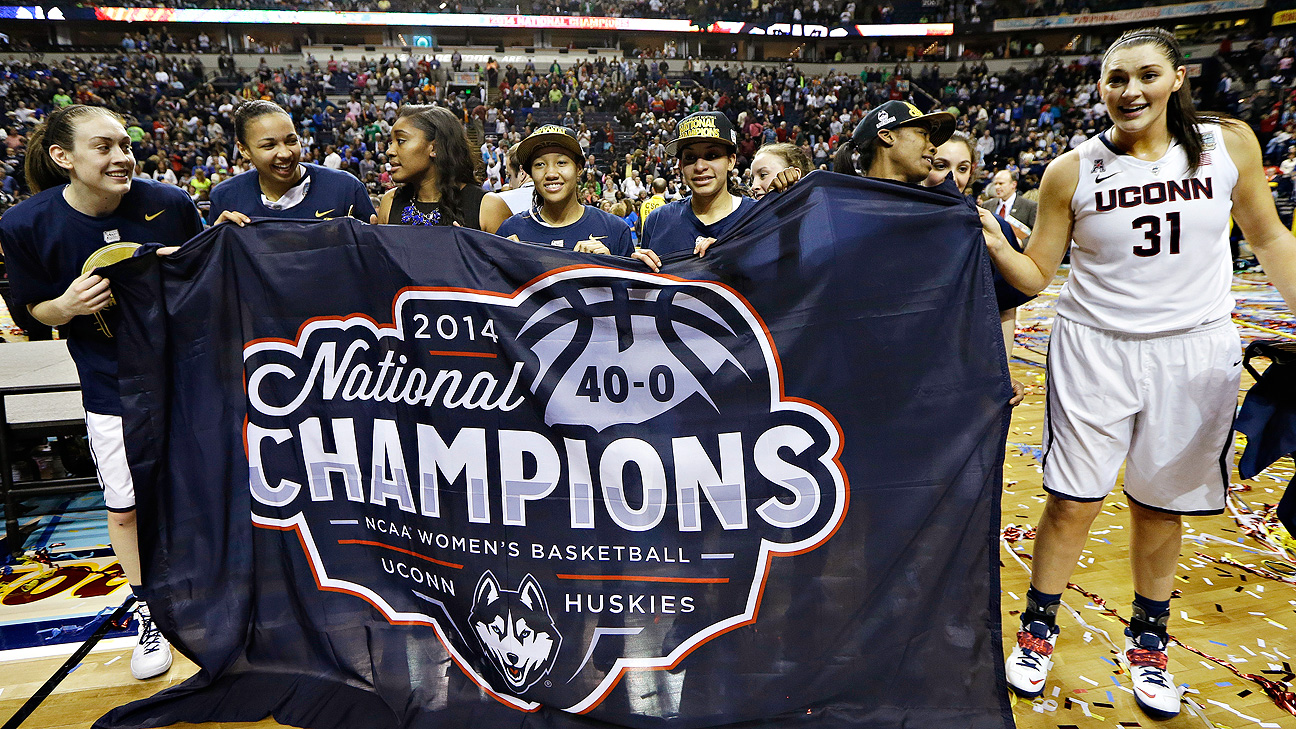NCAA Settlement Impact: How Athletic Directors Navigate the New Era of College Sports
Explore how the NCAA settlement reshapes college sports, focusing on the challenges athletic directors face in implementing revenue sharing for athletes.
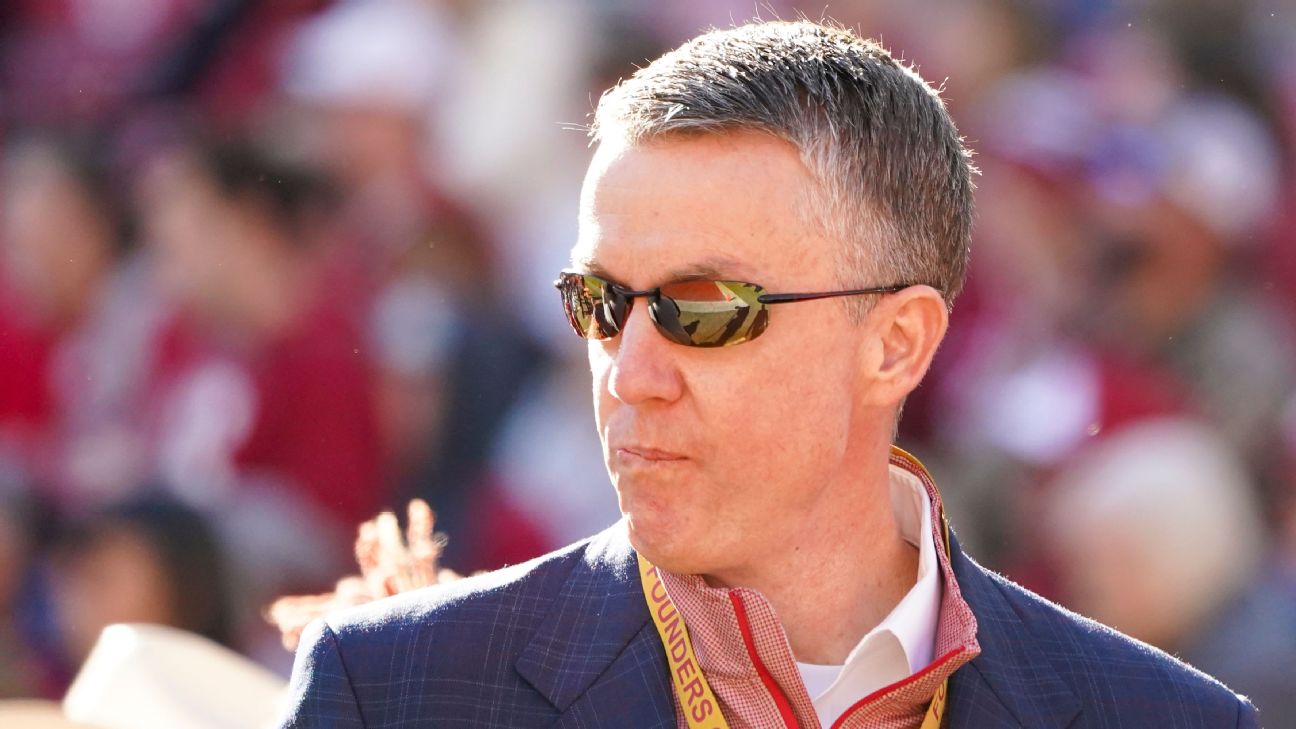
The recent NCAA settlement has ushered in a transformative era for college sports, placing athletic directors (ADs) at the forefront of implementing a groundbreaking revenue-sharing system. This system allows athletic departments to allocate approximately $20.5 million annually directly to their players, marking a significant shift in how college athletes are compensated.
The New Landscape of College Athletics
With the settlement approved by federal judge Claudia Wilken, schools are now empowered to distribute funds derived from media rights, ticket sales, and other revenue streams directly to athletes. This move aims to regulate the previously unregulated Name, Image, and Likeness (NIL) deals, ensuring they align with actual endorsement values rather than serving as covert recruitment incentives.
Challenges for Athletic Directors
Greg Byrne, the University of Alabama's athletic director, exemplifies the challenges faced by ADs nationwide. With over three decades of experience, Byrne now navigates the complexities of allocating funds across 21 teams, balancing competitive needs with financial sustainability. The decision-making process is intricate, as not all student-athletes will receive payments, and the allocation must strategically support the school's overall athletic success.
Financial Realities and Strategic Decisions
Alabama's financial reports highlight the disparity between revenue-generating sports like football and men's basketball and other programs that operate at a loss. The new $20.5 million expenditure exacerbates existing budget constraints, forcing ADs to make tough decisions about funding allocations, potential program cuts, and maintaining support systems for athletes.
The Future of College Sports
The settlement raises critical questions about the sustainability of broad-based athletic participation. As schools like Ohio State, Boston College, and Stanford field numerous varsity teams, the financial burden may necessitate reevaluating the viability of certain programs. The focus on football and men's basketball, which generate substantial revenue, may further marginalize other sports, challenging the traditional model of college athletics.
Conclusion
As athletic directors like Greg Byrne strive to adapt to this new reality, the NCAA settlement represents both an opportunity and a challenge. The implementation of revenue sharing promises to compensate athletes more fairly, but it also demands strategic financial planning to ensure the long-term health and success of college sports programs.
